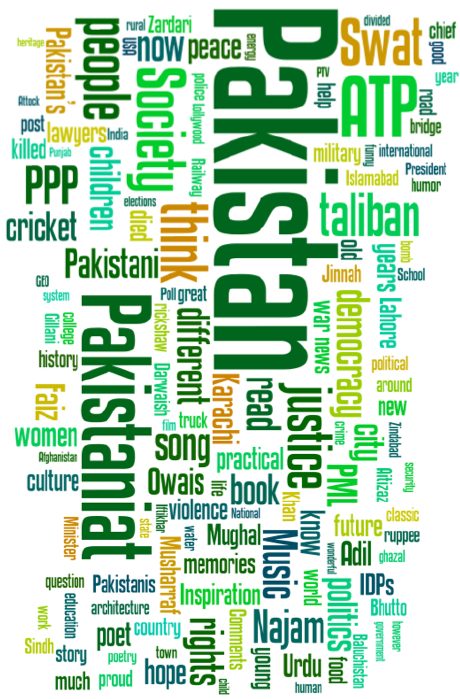Sindh and Baluchistan coast are facing a Cyclone threat.
This is projected to be a big one. It has already qualified to have a name of its own. It is called ‘Phet‘. Phet is a Thai language words which means ‘diamond’. At the time of writing of these lines Phet is 900km South of Karachi and it has wind speeds of up to 120 knots at its center.
Computer Models show that it will first go north-west towards Oman and after making land fall there it is likely to turn right (east) towards Sindh-Balochistan coast and the Indian state of Gujrat. Atleast in some models the city of Karachi appears to be on direct path of Phet. It is estimated that in next 24 hous, Phet will become a Category-5 hurricane with speeds of upto 156 mph (253 kmph) – imagine this!
However the hope is that after making landfall in sparsely populated area of Oman, Phet will lose strength and when it makes landfall in either Pakistan or India, it will be a weaker storm.
While Sindh and Balochistan coast do get occasional cyclones hits (also see here), Karachi has so far been spared of this natural calamity. Atleast as far as living memory of current generation goes there have been no direct cyclone hits to Karachi. While all areas of Pakistan are as important as others, I am mentioning Karachi because it is the city with the highest population density and lacks any meaningful evacuation plans for a city this large.
The occasional monsoon rains cause havoc in Karachi almost every year, therefore a cyclone grade heavy rain is expected to cause wide-scale flooding and hardships. I doubt that any kind of preparation by the local government will be able to drain water quicker because all major water draining arteries like Gujjar Nala, nehr-e-khayyam, Manzoor Colony Nala, Tipu Sultan nala etc have either been encroached upon or need serious dredging. River Lyari has been channeled thanks to Lyari Expressway therefore it is expected to hold well. However if the cyclone causes high tide – which it most likely will, it is going to make Arabian Sea swell and move inland into Malir River, Gizri channel, Hub River and Lyari River deltas and won’t let the city drain its rain water into sea fast enough.
While meterological details of this event are pouring in from every news channel, we want to extend our prayers for everyone’s safety. Reports form Pakistani press suggest that Government has imposed section 144 in coastal areas and is working on people’s evacuation. Hopefully the country which is already battered by all kinds of man-made calamities, may not have to bear the burnt of this natural disaster.
Impact on Hub Dam: It is expected that the rains in catchment area of Hub Dam are likely to fill up the reservoir. The dam supplies drinking water to Western districts of Karachi and Balochistan and is currently down to only 2 months worth of water supply. Reportedly, people have been offering namaz-e-istasqa (prayers for rains) at The Hub Dam.
Recent History of Cyclones in Pakistan:
(1) June 26, 2007 – Yemyin: The last major cyclone to hit Pakistan was on June 26, 2007 when Cyclone Yemyin hit Balochistan coast. It caused 21 deaths and ledft 250000 people homeless. (Readers might remember ATP had sent relief funds to the Cyclone victims).
(2) May 20, 1999: This cyclone hit Keti Bandar and Shah Bandar areas of Sindh and caused 235 deaths. The number of displaced people exceeded 10,000.
We will continue to update this post as Phet moves towards land.
Photo Credits: accuweather.com.




















































Awesome Post…